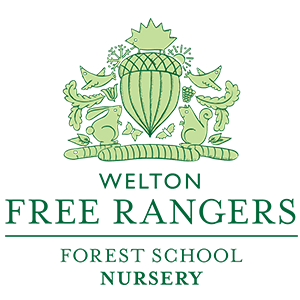Five children sat around the table with the peg boards. As they worked we chatted about the patterns they were noticing, there were shape patterns and colour patterns "I've made a line around the edge"
"I can see a square and there's a red one, then a yellow one then red, red, yellow, yellow"
"I got green, green, green!"
Their pattern identification became more expansive as well
"I'm three"
"And I'm three but your a girl"
"I'm a boy and you've got a stripey top"

There was a wider pattern to their play as well, they would take an interest in the pegs that they were working with, some would work around the edges to form squares and then fill them in line by line, others would start the same way but make smaller and smaller squares. Then again other children would place them in random holes but worked with a clear determination to fill up their tile. They paid attention to what each other were doing and chose colours to match or helped to find particular pegs if they were needed. When they had finished their tile (as far as they wanted to go) they would tip all the pegs back into the bowl ("It looks like fireworks") before starting the process, and pattern, again.
Their behaviour too went in patterns; when one boy said "these are my pegs", the other children repeated the same phrase and regarded each other very tensely. The atmosphere was then broken when the same boy said "look you've got some the same as me", everyone looked down to theirs and then they started to share with each other before the next moment of tension appeared when someone could see their peg in the bowl and moved it closer ("we got to keep it in the middle!").

I sat next to these five children musing about the pattern and structure that our day follows in the Den: it's subtle but it's there. Our free play is based around group times at the start and end of the session with Ed taking a group of Forest Schoolers out to have a specific session in the paddock and beyond and smaller groups splitting off from the main room to focus on more detailed games and projects that allow the staff to get to know their children all the more closely.
This free play takes on intricate patterns through the children's interests and social interactions as well as their physical and emotional development. They develop their sense of self, who they are and who they want to be. We don't pressure them to fit the boxes and we wouldn't expect them to fit into our categorisation of "what a child aged x should be doing" and as for school readiness... if a child feels confident in themselves then they will deal with the pressures of life far better than if their constantly being shown who they should be.
As this play continued another girl came up to the group and asked "What are you all doing?"
One boy answered "We're just putting pegs in holes"
but there's far more to it than that...

